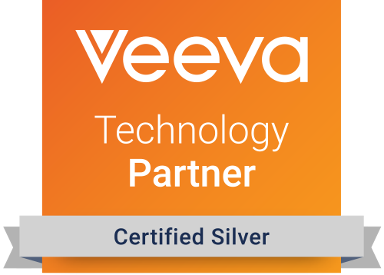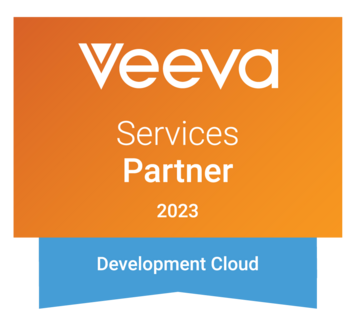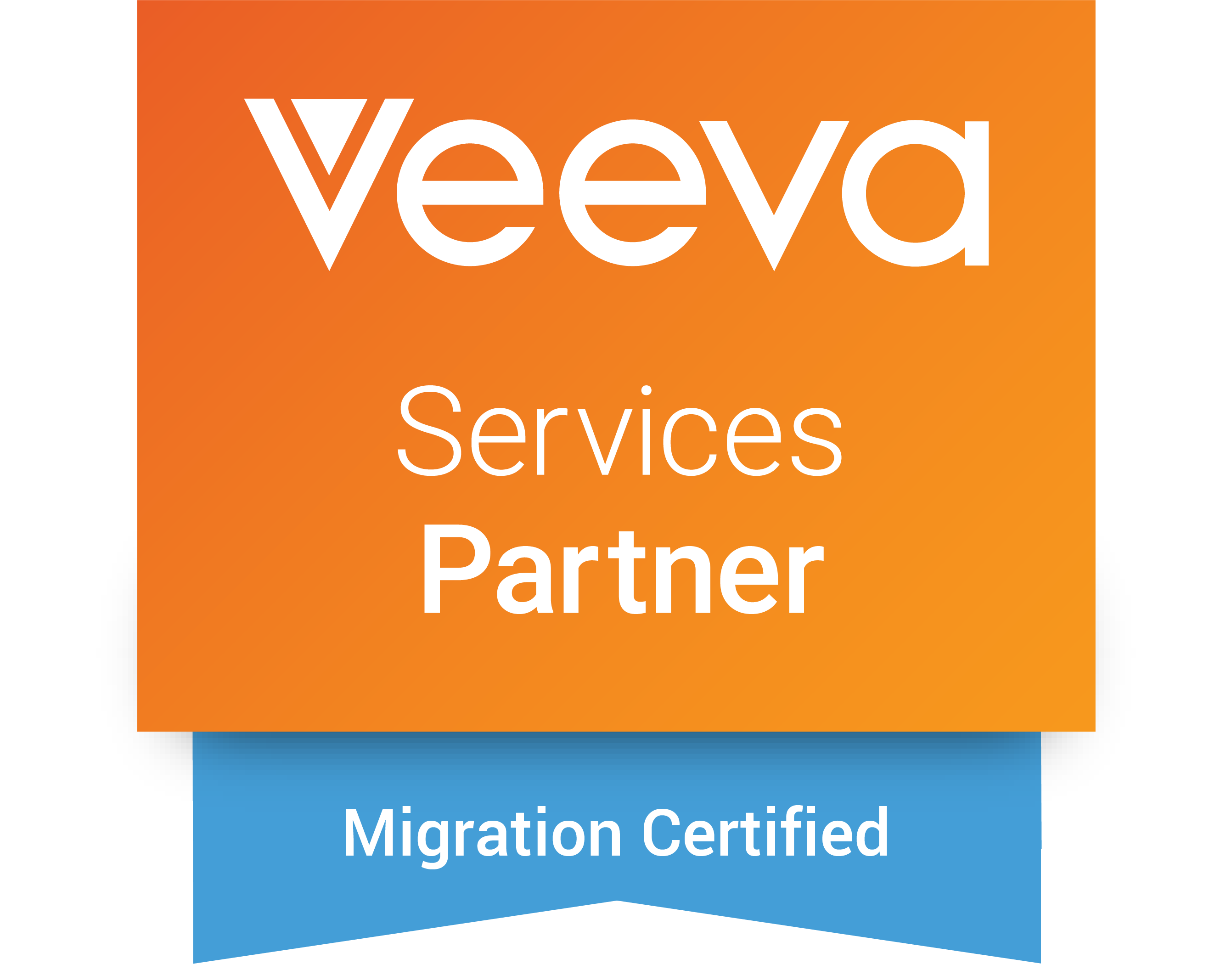
Challenges of managing and maintaining on-premise and cloud business applications
In today’s fast-paced digital world, businesses need to stay on top of their technology game. However, managing business applications can be a challenging task, especially for small and medium-sized businesses (SMBs) that have limited resources to maintain an in-house IT team for specialized business platforms. Below are some of the challenges, and how fme PlatformAssist™ provides the solution.
Challenge 1: Aligning business needs with vendor releases
With the introduction of cloud-native or SaaS applications, companies struggle to stay on top of vendor releases and effectively manage application updates that are pushed automatically. If you are “lucky” you have some flexibility to schedule based on your internal timelines, but that’s not always the case. However, it happens, someone needs to assess the impact of the updates to the business functionality and process, and someone needs to complete the validation. Unfortunately, it is not uncommon for team availability, experience, and knowledge to not be in sync with vendor schedules. Teams facing a large amount of other “Priority 1” items risk overlooking important considerations for the rollout of the new release or are unable to realize its full potential as they juggle and prioritize critical deadlines. We’ve seen many over-burdened businesses miss out on important improvements.
This is where external support like fme’s PlatformAssist™ can help. Our team is experienced in reviewing and assessing releases for impact, and are able to scale up to implement the update as the releases are published. We identify the musts and maybes (in Veeva lingo – auto-on and auto-off) and hold them side-by-side to business functionalities to clarify impact to current process and functionalities. We then highlight valuable improvements that can provide clear benefits. Next, we help with any resulting configuration and (validation) documentation updates and make sure the release update process runs smoothly and turns into a “non-event”.
Challenge 2: Keeping pace with your evolving business
While being buried in day-to-day business and vendor release management it is easy to forget about evolving business needs. As a business uses their business applications every day, it is expected that they will find areas for improvement and enhancement. Whether there are flows and pages that can be streamlined to the actual use, or additional documents and processes that should be included, your team will make improvement requests which will need to be properly captured and followed up on. When we’ve started working with many clients, we could see the capturing process working, but a majority of improvement requests get eternally deprioritized or forgotten over time. This leads to frustrations between IT and the business team.
fme’s PlatformAssist™ addresses this gap and the management of the backlog of requests. We can assess each request, identify the technical impact and necessary implementation steps and efforts, prioritize them based on business input, and align them to releases on the business roadmap. This can all then be coordinated with upcoming vendor releases and other platform maintenance activities. From technical solution design, to implementation, rollout and (validation) documentation, we make sure that each business application release is treated as a mini project and gets proper attention. With this organized approach, the business benefits from the continuous improvement of the application, and the team is able to work more effectively and efficiently.
Challenge 3: Day-to-day business issues
Besides planned release and application updates happening multiple times per year, every company has unplanned IT application issues and needs every day. Some are caused by the system, and a few may or may not be caused by the users. Either way, they still need to be corrected so the team can get back to doing their jobs to make the company successful. In most SMB firms, the IT team supports a wide range of technology across multiple integration points. The team has to juggle conflicting priorities as their focus shifts from business applications to other important tasks on their plate. In a perfect world, everyone would be trained on every solution and understand how they all work together. The reality is somewhat different. We frequently work with very talented teams where:
- Older solutions on legacy platforms are maintained by long-time staff who carry the major knowledge of the application. Newer staff aren’t as familiar with the details or unique configurations.
- Newer solutions have been added that the entire team is not sufficiently familiar with yet. Many companies opt for ‘train-the-trainer’ onboarding programs, but then struggle to make time to disseminate the knowledge to the full team.
- Integration points between applications require additional knowledge to ensure they work together, and not all workflows, configurations and integrations are documented in line with ‘the way things actually work.’
- Important team members have left the organization, leaving a substantial gap in institutional knowledge.
Neither SMB nor enterprise firms have the IT budget they need to have enough experts on-staff to eliminate all of these challenges. These issues inevitably combine to create frustrating situations where resolutions are delayed because immediate challenges fall outside the “sweet spot” of the available support team members.
In a growing business with modern solutions, these types of delays happen more frequently than they need to. An essential question to ask is “Is the quality of your support services provided by your internal team living up to yours and the business’ expectations?” It should not be asked critically, but with the goal of ensuring that the business needs of the company are being met effectively and economically. You should be able to leverage your technology to help achieve your business goals, not be crippled by it as you struggle to maintain and increase the ROI of your investment.
With many of our clients, fme helps fill the knowledge gap with our PlatformAssist™ services. We provide an experienced team of experts to address their day-to-day business challenges in an efficient process that scales as needs require. Many of our clients take advantage of this service after new solutions go live and they are still in the onboarding cycle. This allows the team to complete their training in the new platform while having solution support available to solve more complex challenges.
From our experience, bringing in flexible, external specialist support allows for better control of costs and support outcomes, and allows internal teams to refocus on critical tasks beyond the standard support issues, direct business questions, and required daily administrative tasks. Our global team is trained across a wide-variety of business application platforms, and can support your business 24×7 with existing Documentum and Sparta Trackwise applications, as well as with Cloud-native applications such as Generis CARA, Veeva Vault and Sparta TWD.
fme PlatformAssist™ is scalable and agile
Every company goes through the above challenges, and must face them in a way that aligns with their business goals and limitations. Tailoring our services to our clients’ needs is our top priority. Our offerings are modular, and components such as release and demand management can be added or removed as needed. We understand that needs might vary between platforms and clients, but also might fluctuate within the course of a year depending on vendor releases or critical business activities. Together with our clients we keep a close eye on current versus upcoming needs, and scale our team size up and down as needed to accommodate the specific skillsets and resource needs expected for upcoming activities. Clients appreciate our agility and flexibility, our long-term client relationships are proof of that.
Learn more about fme PlatformAssist™
Do you have full control over the post-implementation activities for your business applications? Is the business happy and satisfied with the support that they are receiving? Not just for immediate issues, but also for processing releases and backlog items? fme’s PlatformAssist™ can help. Our team will be happy to review your current processes, platforms and challenges with you and identify potential areas where we can help you work more effectively, efficiently and economically.
Contact us today to learn more about fme’s PlatformAssist™. It’s a cost-effective solution to manage modern IT challenges with the business factor in mind.
 fme AG
fme AG fme SRL
fme SRL






